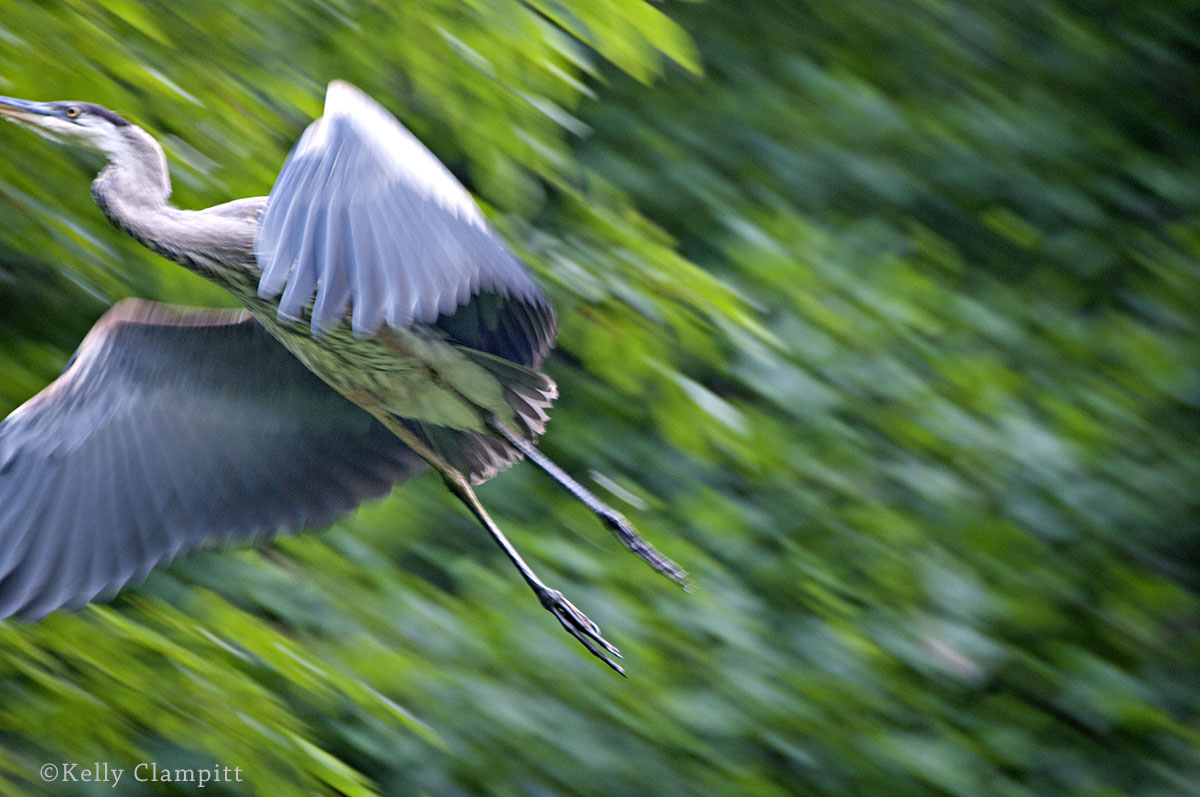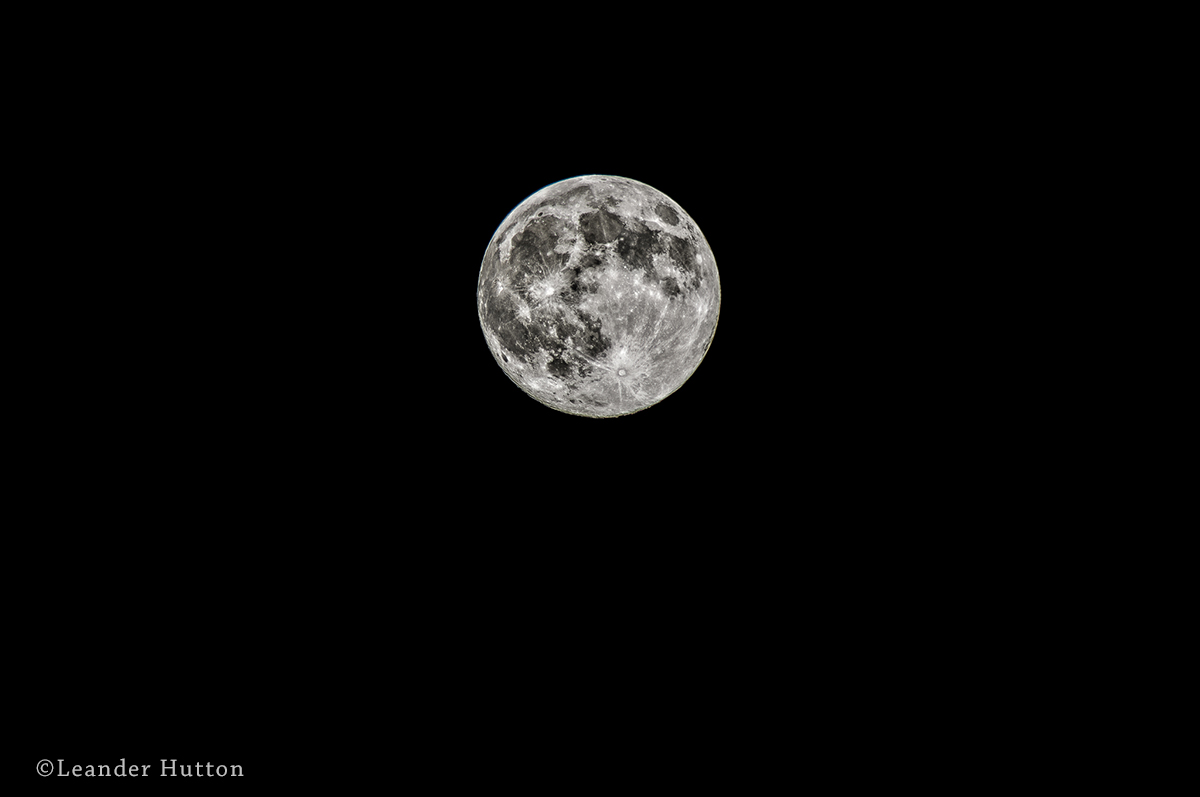Heron: The Quiet Romantic to the Strongly Dramatic
Kelly is the new owner of a home surrounded by acres of land and, as a bonus, two small ponds: new photographic opportunities just steps out the front door. She quickly took advantage of this fact as these two images show. The first is almost otherworldly as it portrays nature at its most placid. The lighting is ideal with a softness appropriate to the scene and a composition that emphasizes the heron and it’s surroundings (think Rule of Thirds). The background frames the bird perfectly and the diffuse foreground foliage adds a depth to the image which is most pleasing. Even our fans of B&W would have to agree that the colors are a strong component in this particular image.
The image below is a dramatic change as the heron takes flight, panned by Kelly as it departs the frame in a profusion of color. Kelly snapped the shutter with no time to spare. Very pleasing effect as the heron exits the frame.


